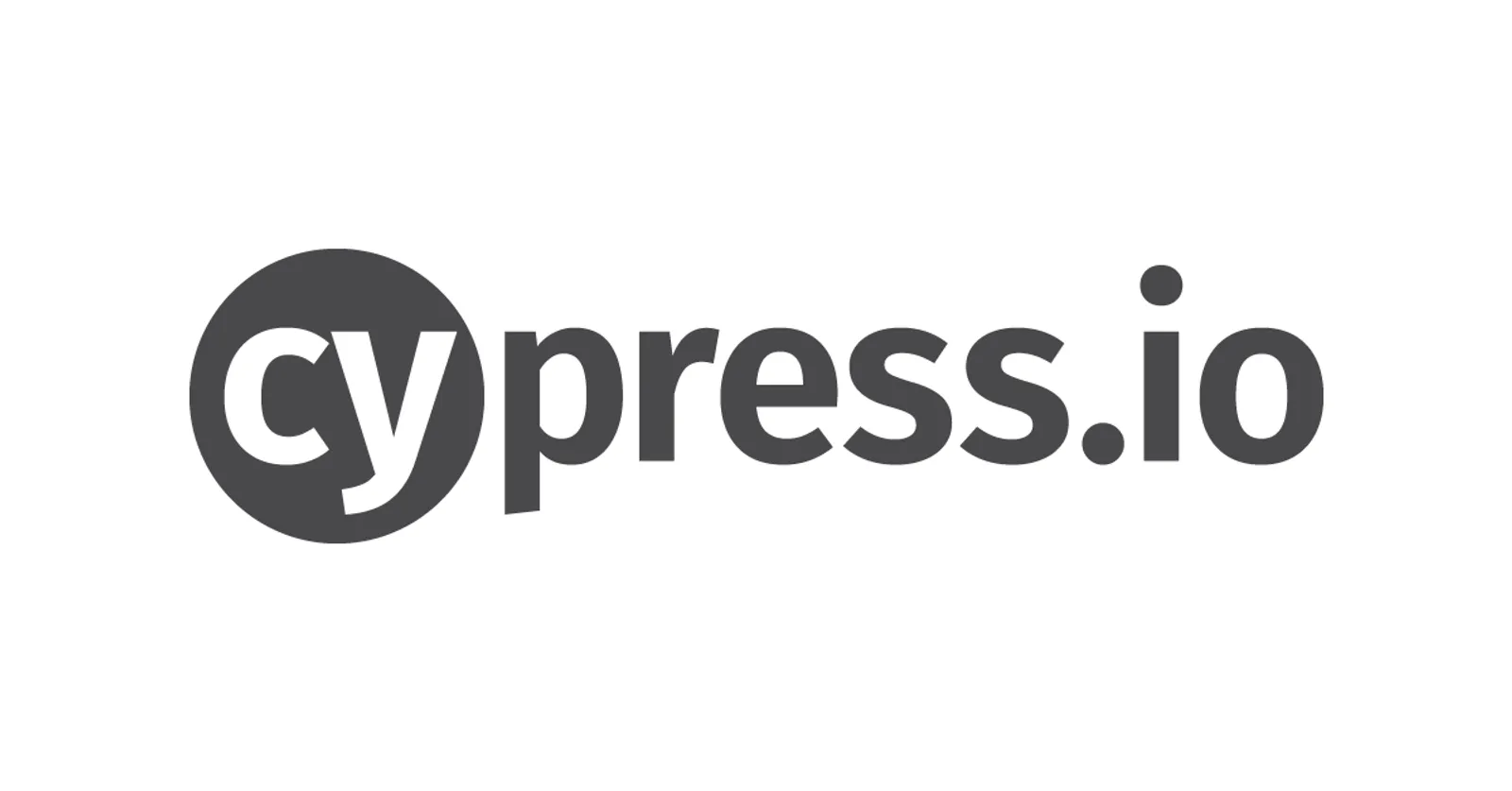Cypress
Cypress

About Course
Cypress is a modern, open-source end-to-end testing framework designed specifically for web applications. It enables developers and QA engineers to write and run tests that simulate user interactions, ensuring that applications work as intended. Here’s a brief overview of its key features and benefits:
Key Features of Cypress:
- Real-Time Reloads: Cypress automatically reloads the tests in real-time as you make changes, providing immediate feedback.
- Time Travel: The tool takes snapshots of your app as it runs, allowing you to visually inspect what happened at each step of your test.
- Debuggability: Cypress provides detailed error messages and stack traces, making it easier to debug failing tests. It integrates seamlessly with the Chrome DevTools for an enhanced debugging experience.
- Automatic Waiting: Cypress automatically waits for elements to appear, animations to complete, and AJAX requests to finish, reducing the need for manual waits or sleep commands.
- Network Traffic Control: You can stub and mock network requests to test different scenarios and edge cases without needing to rely on the backend.
- Consistent Results: Cypress runs in the same run-loop as your application, which eliminates the flakiness often seen with tests that run outside the browser.
Benefits of Using Cypress:
- Developer-Friendly: Cypress is written in JavaScript and executed in the browser, making it highly intuitive for JavaScript developers.
- Fast and Reliable: Tests run directly in the browser, providing fast and reliable execution. Cypress’s architecture ensures more consistent and stable test outcomes.
- All-In-One Testing Solution: It supports various types of testing including unit, integration, and end-to-end testing, reducing the need for multiple testing tools.
- Rich Ecosystem: Cypress has a growing ecosystem of plugins and tools that enhance its capabilities, such as cross-browser testing and visual testing plugins.
- Easy Setup: Setting up Cypress is straightforward, and it doesn’t require additional configurations to start testing.
Use Cases:
- End-to-End Testing: Simulate a user’s entire journey through an application, from start to finish.
- Integration Testing: Verify that different parts of an application work together as expected.
- Unit Testing: Test individual components or functions in isolation.
Cypress is particularly effective for modern web applications, providing a comprehensive and developer-friendly solution to ensure application quality and performance. Its robust feature set and ease of use have made it a popular choice for developers and QA teams aiming to improve their test automation processes.
Course Content
Introduction to Cypress
-
Overview of end-to-end testing.
00:00 -
Differences between Cypress and other testing frameworks.
00:00 -
Use cases and benefits of using Cypress.
00:00
Setting Up Cypress
Cypress Test Structure
Element Selection and Interaction
Handling Network Requests
Working with Fixtures
Advanced Element Interactions
Organizing Tests
Custom Commands
Environment Variables
Optimizing Test Performance
CI Integration
Advanced Features
Community Plugins
Student Ratings & Reviews

No Review Yet